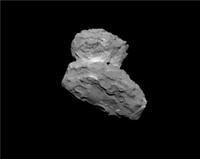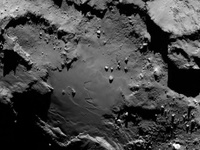COBS News archive
NASA Holds Briefing to Discuss Comet Flyby of Mars Observations
October 08, 2014

Rosetta Comet Fires Its Jets
October 06, 2014
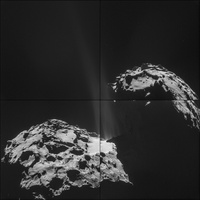
Follow-up of splitting event in Comet C/2011 J2
October 05, 2014
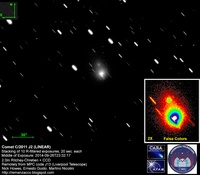
CBET 3979, issued on 2014 September 19, announced that observations of comet C/2011 J2 (LINEAR) (by F. Manzini, V. Oldani, A. Dan and R. Behrend) on Aug. 27.95, 28.85, and 30.91 UT led to the detection of a second, fainter, nuclear condensation (from now on Component B) located 0".8 east and 7".5 north of the main, brighter nuclear condensation (component A).
Rosetta to Deploy Lander on November 12
September 29, 2014

The European Space Agency's Rosetta mission will deploy its lander, Philae, to the surface of comet 67P/Churyumov-Gerasimenko on Nov. 12.
Philae's landing site, currently known as Site J, is located on the smaller of the comet's two "lobes," with a backup site on the larger lobe. The sites were selected just six weeks after Rosetta's Aug. 6 arrival at the comet, following the spacecraft's 10-year journey through the solar system.
'J' Marks the Spot for Rosetta's Lander
September 16, 2014

The European Space Agency's Rosetta's lander, Philae, will target Site J, an intriguing region on comet 67P/Churyumov-Gerasimenko that offers unique scientific potential, with hints of activity nearby, and minimum risk to the lander compared to the other candidate sites. The 220-pound (100-kilogram) lander is scheduled to reach the surface on November 11, where it will perform in-depth measurements to characterize the nucleus. Rosetta is an international mission spearheaded by the European Space Agency with support and instruments provided by NASA.
First Map of Rosetta's Comet
September 14, 2014
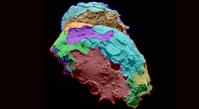
Scientists have found that the surface of comet 67P/Churyumov-Gerasimenko -- the target of study for the European Space Agency's Rosetta mission -- can be divided into several regions, each characterized by different classes of features. High-resolution images of the comet reveal a unique, multifaceted world.
Down, down we go to 29 km – or lower?
September 10, 2014
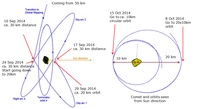
Rosetta Comet is Darker than Charcoal
September 06, 2014
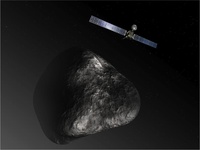
Rosetta - Alice spectrograph obtains first far ultraviolet spectra of a cometary surface
September 05, 2014
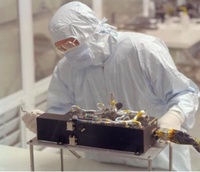
Rosetta: Landing site search narrows
August 26, 2014
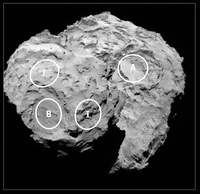
The European Space Agency's Rosetta mission has chosen five candidate landing sites on comet 67P/Churyumov-Gerasimenko for its Philae lander. Philae's descent to the comet's nucleus, scheduled for this November, will be the first such landing ever attempted. Rosetta is an international mission spearheaded by the European Space Agency with support and instruments provided by NASA.
New Comet: C/2014 Q3 (BORISOV)
August 26, 2014
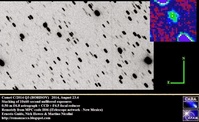
Colliding Atmospheres: Mars vs Comet Siding Spring
August 20, 2014
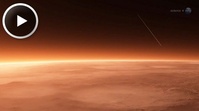
As Seen by Rosetta: Comet Surface Variations
August 18, 2014
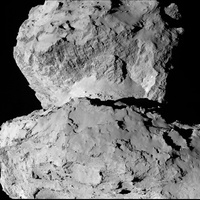
A new image of comet 67P/Churyumov-Gerasimenko shows the diversity of surface structures on the comet's nucleus. It was taken by the Rosetta spacecraft's OSIRIS narrow-angle camera on August 7, 2014. At the time, the spacecraft was 65 miles (104 kilometers) away from the 2.5-mile-wide (4-kilometer) nucleus.
Comets forge organic molecules in their dusty atmospheres
August 12, 2014
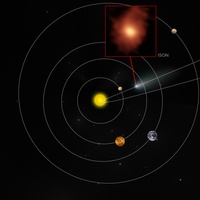
CometWatch – 10 August
August 12, 2014
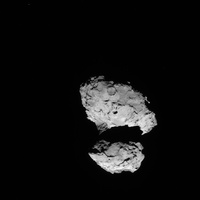
COSIMA reaches for dust
August 10, 2014
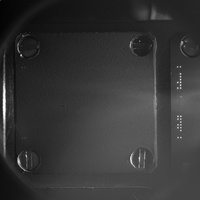
Postcards from Rosetta
August 07, 2014
Orbiter Completes Maneuver to Prepare for Comet Flyby
August 07, 2014
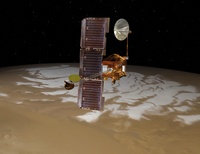
Rosetta Arrives at Target Comet
August 07, 2014
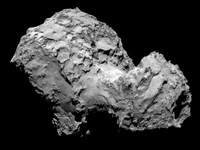
Rosetta: 100 kilometres to 'touchdown'
August 07, 2014
